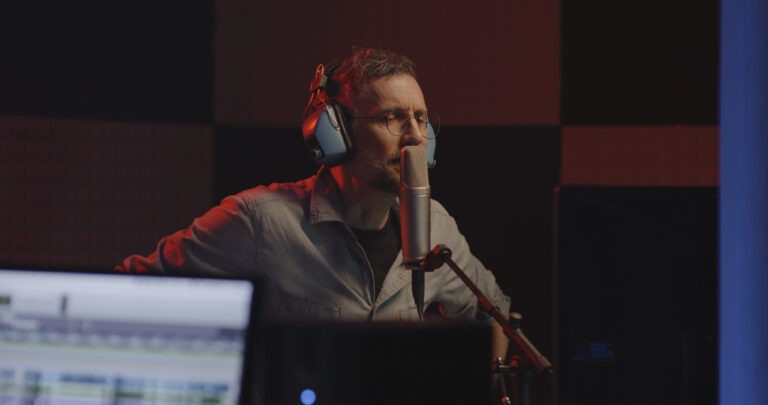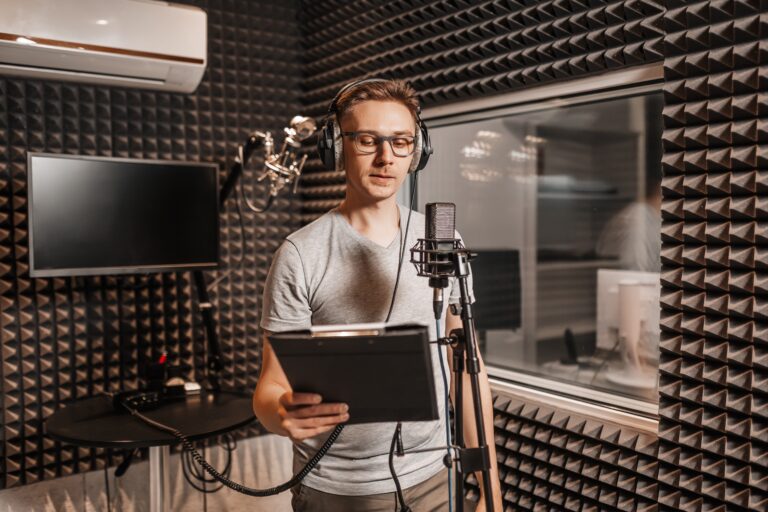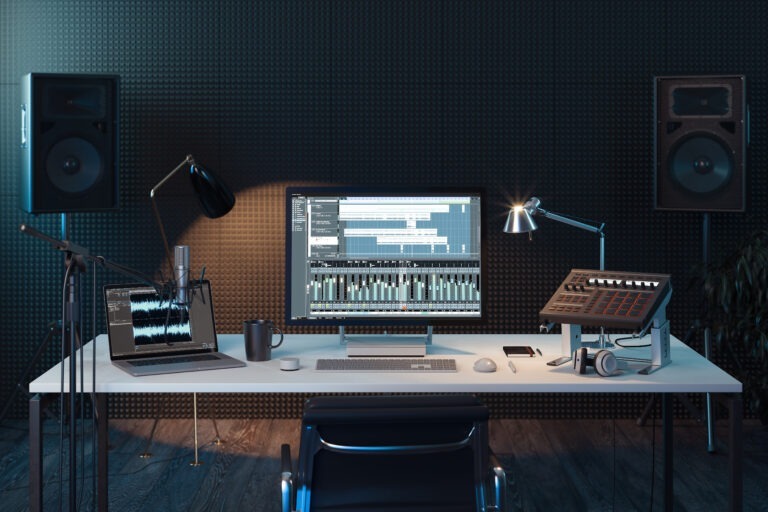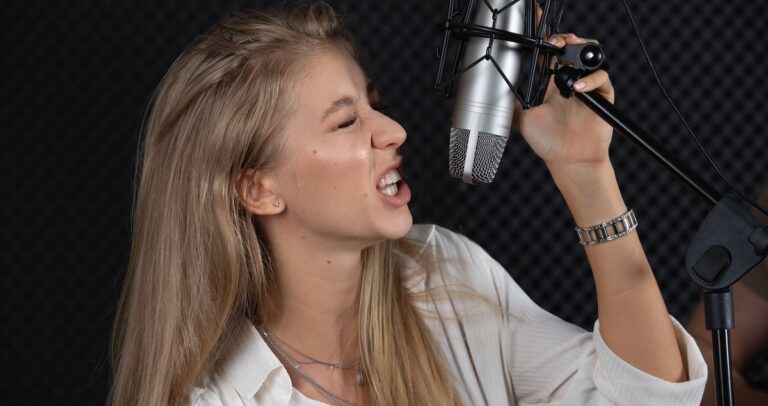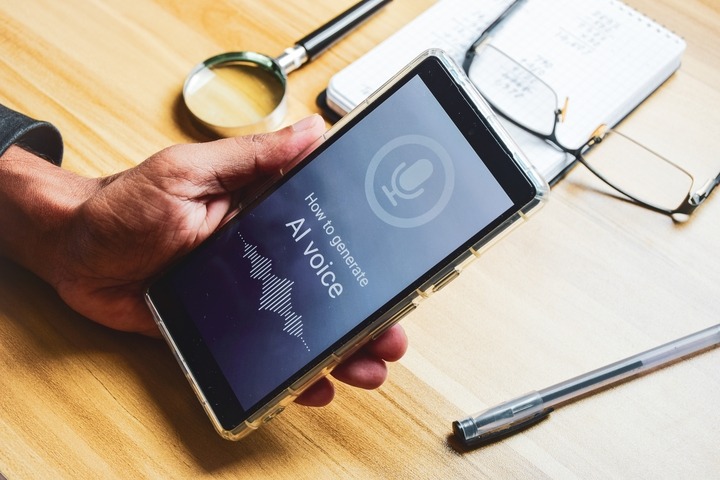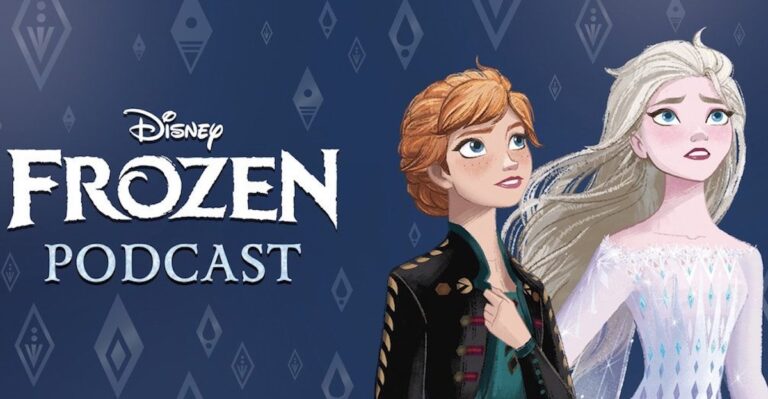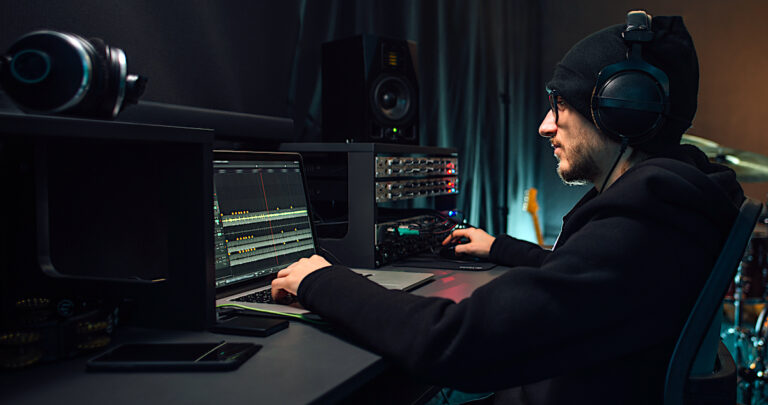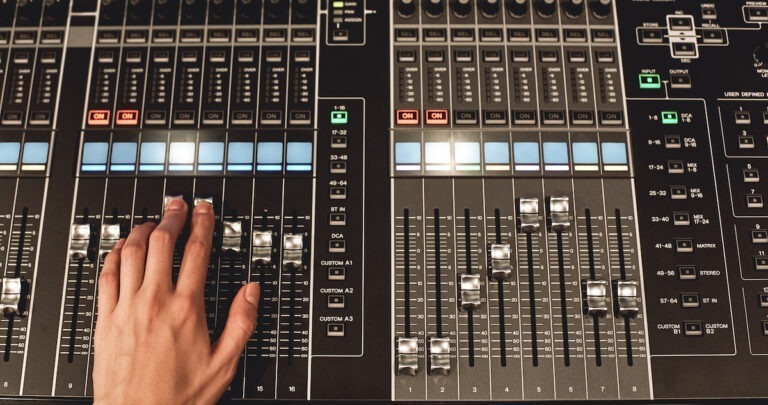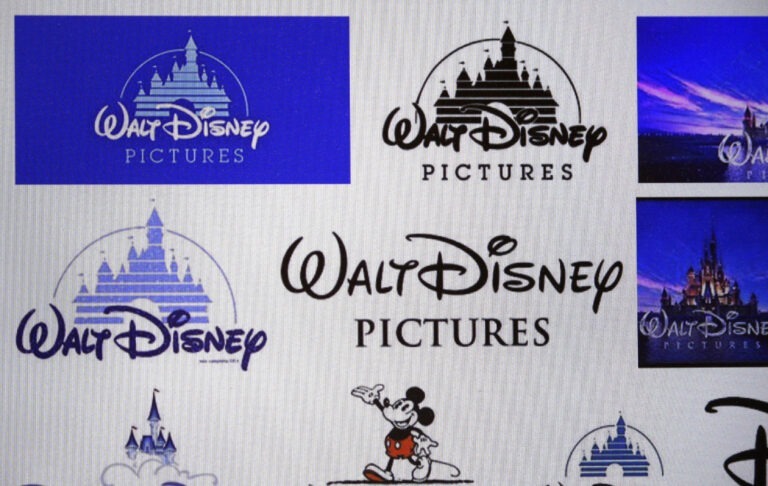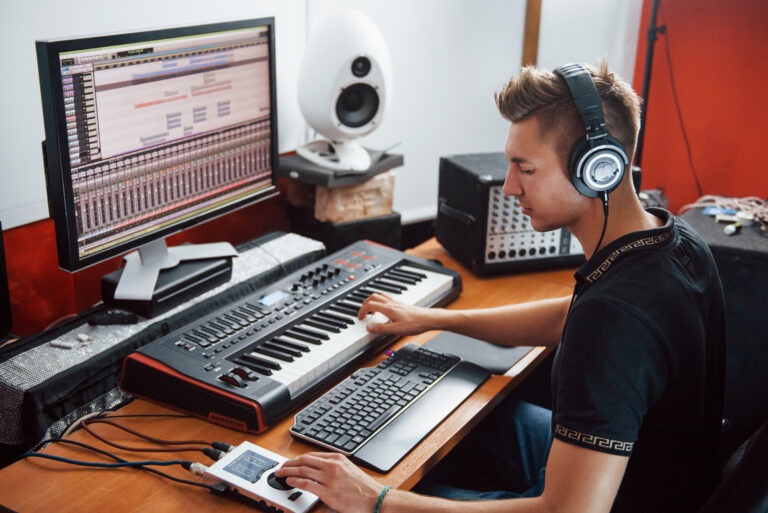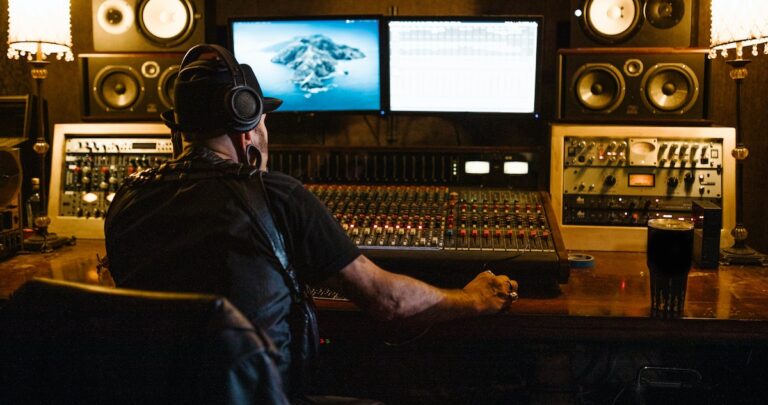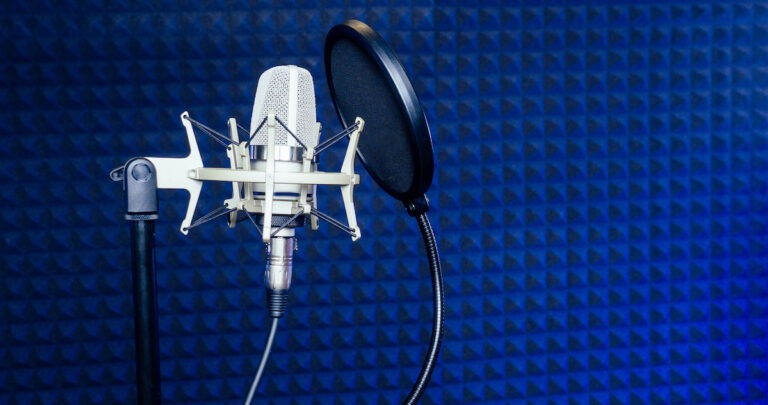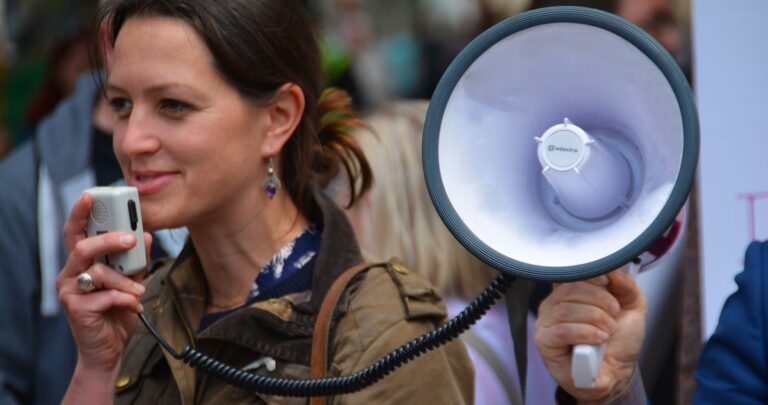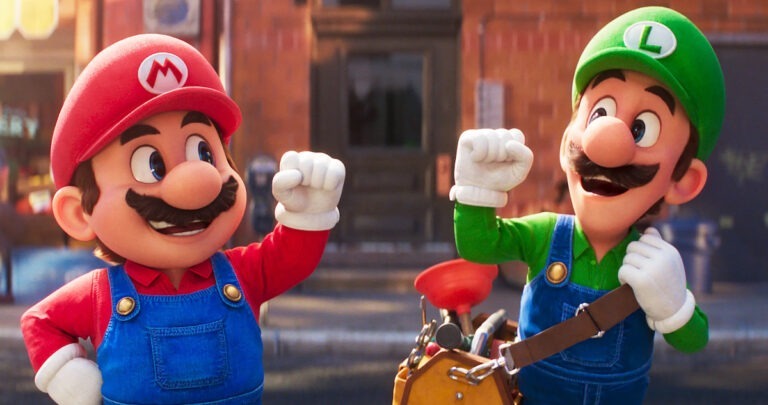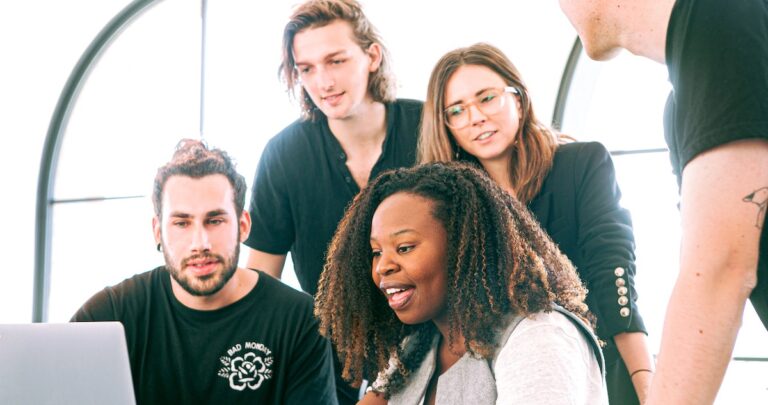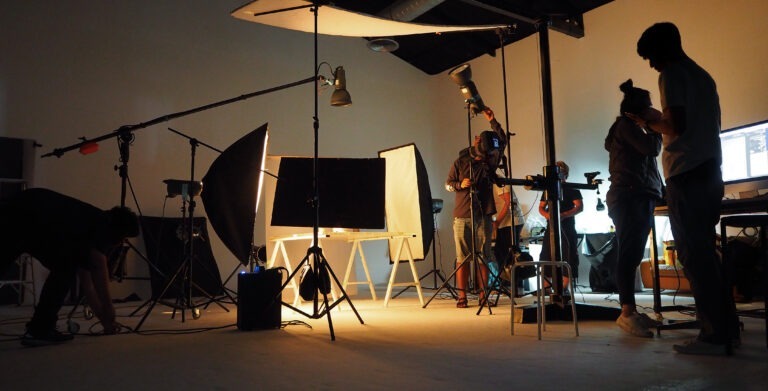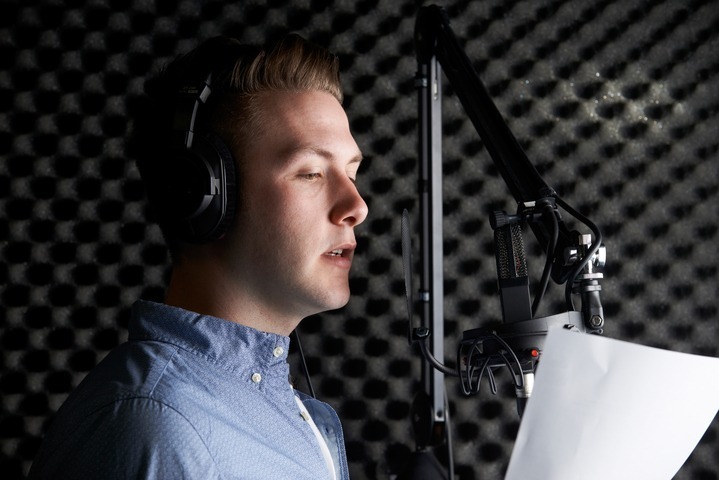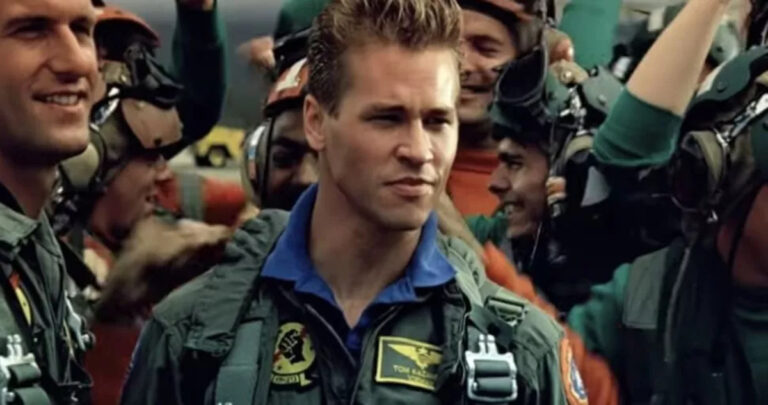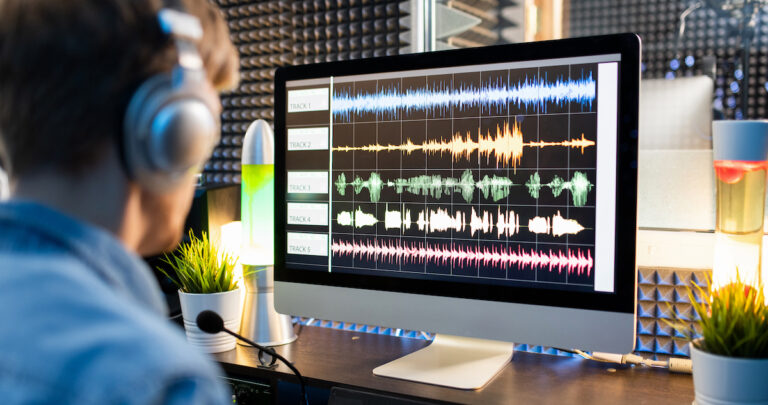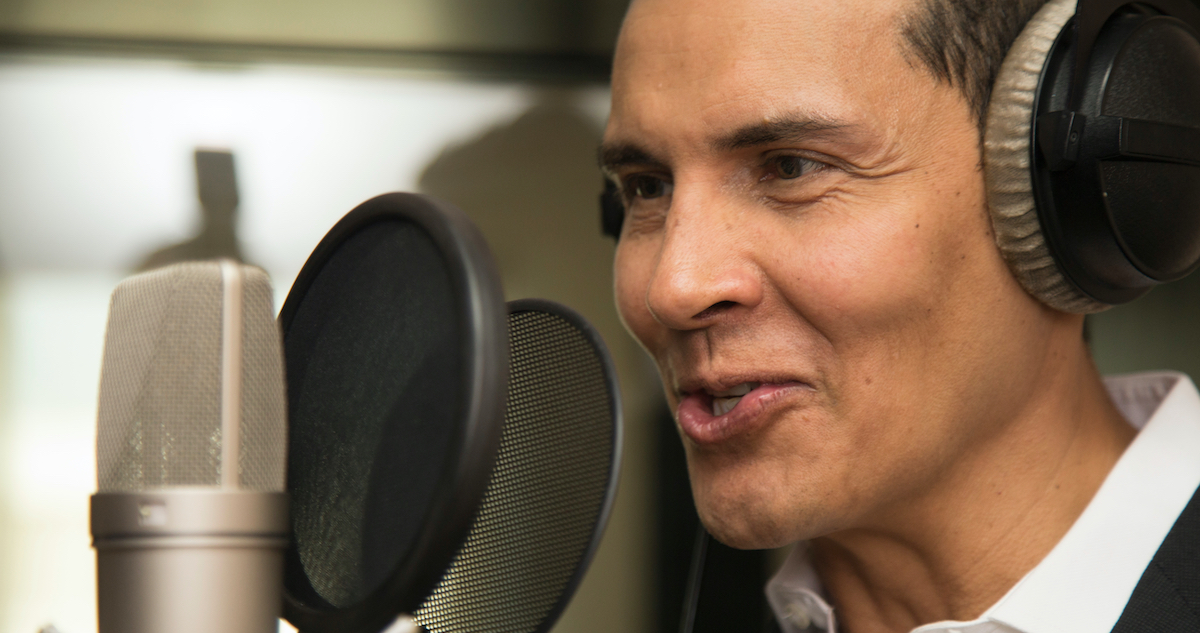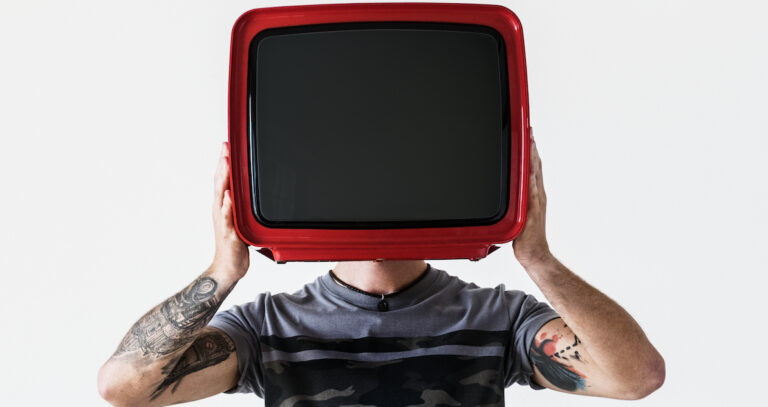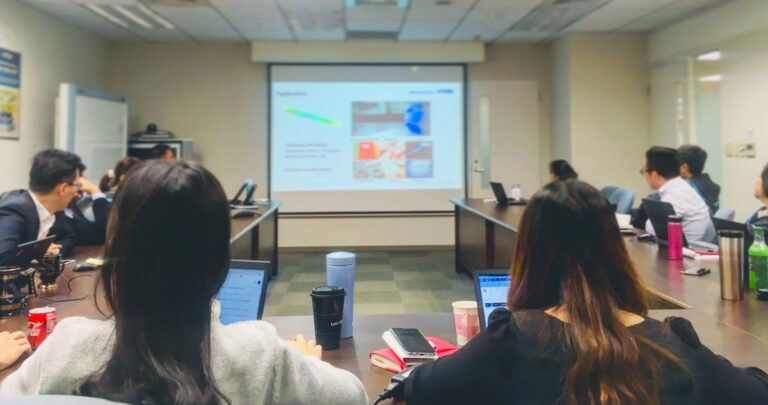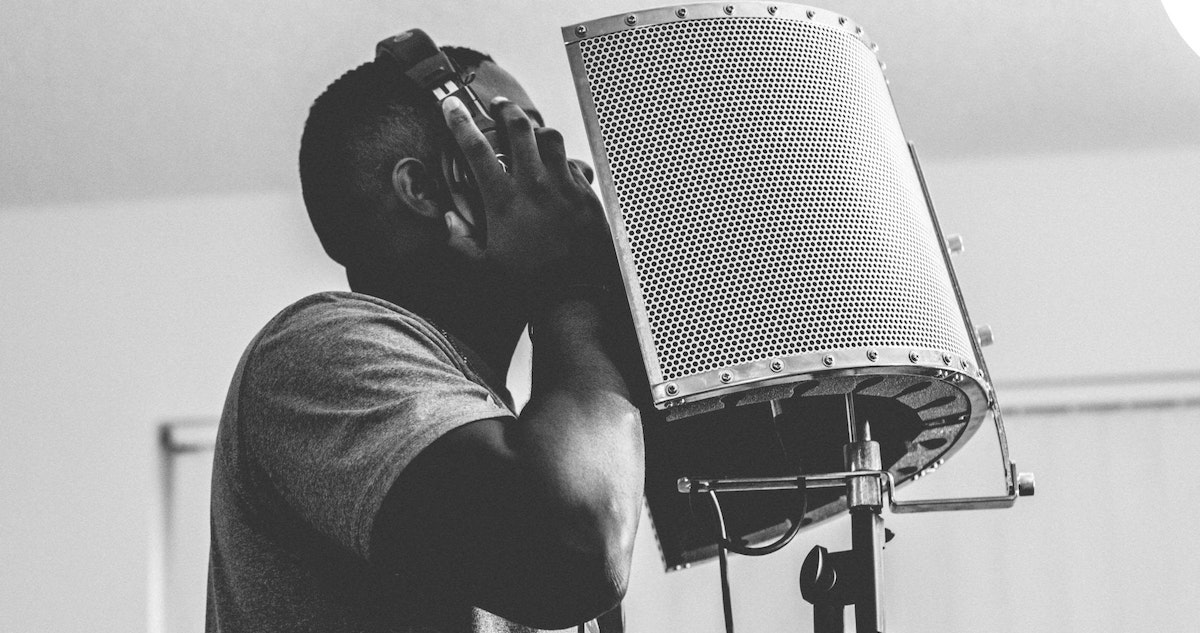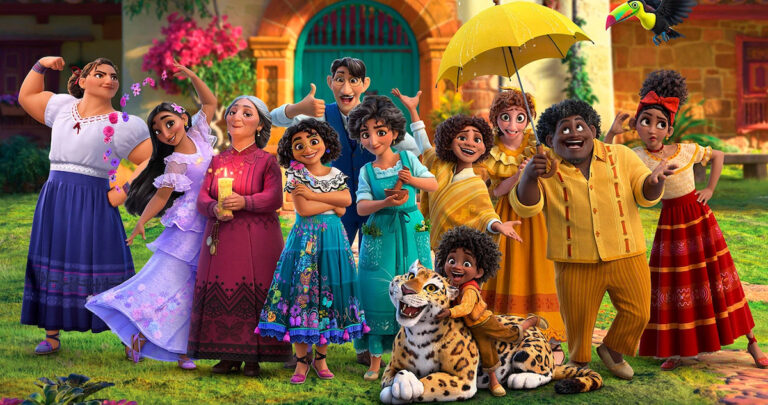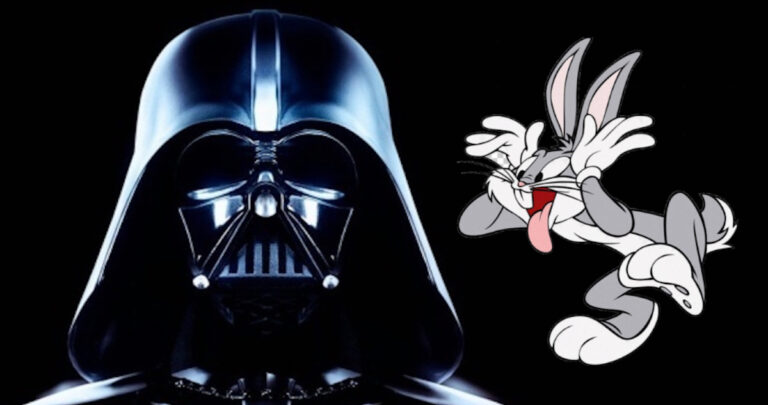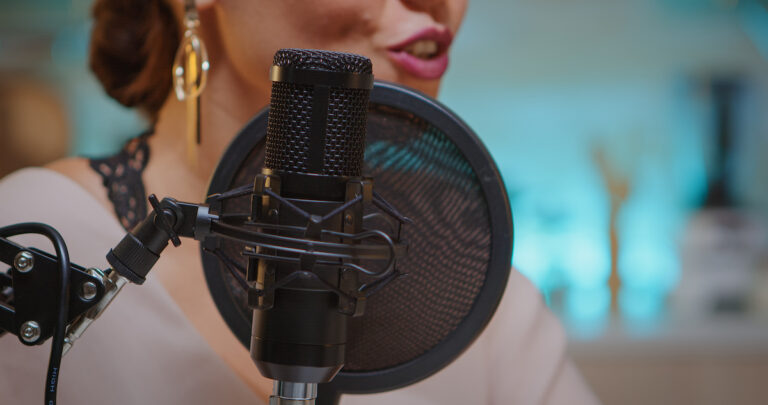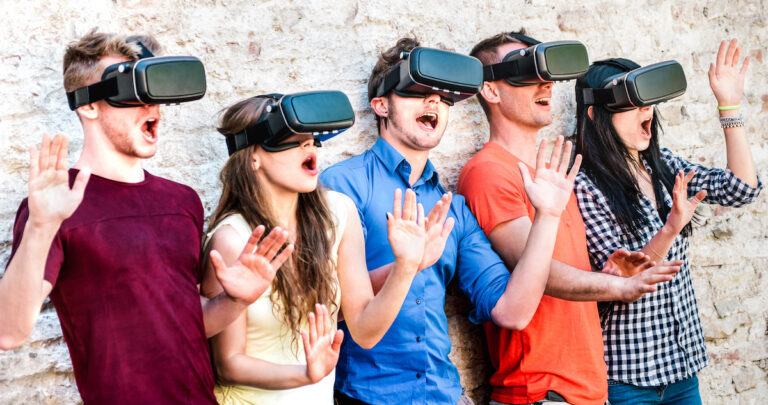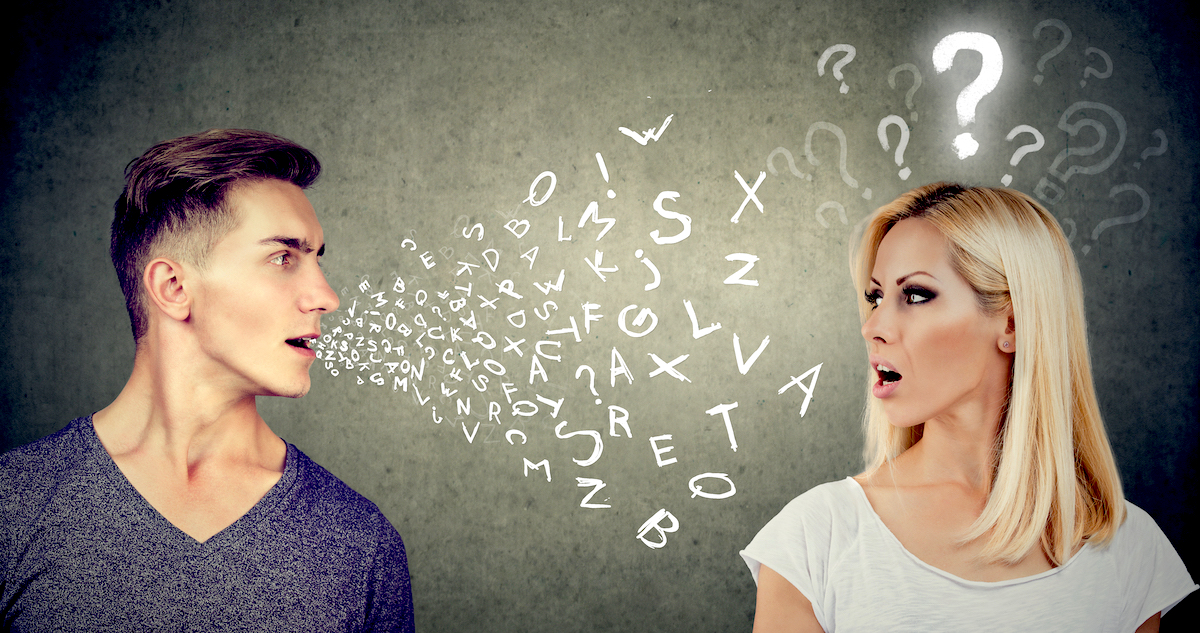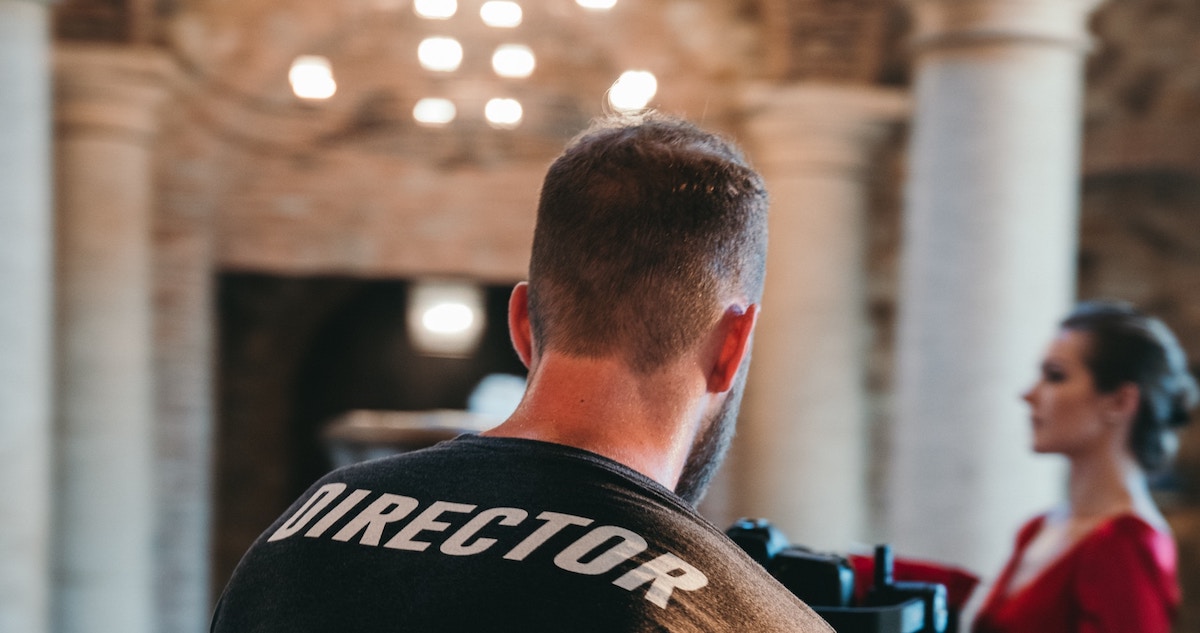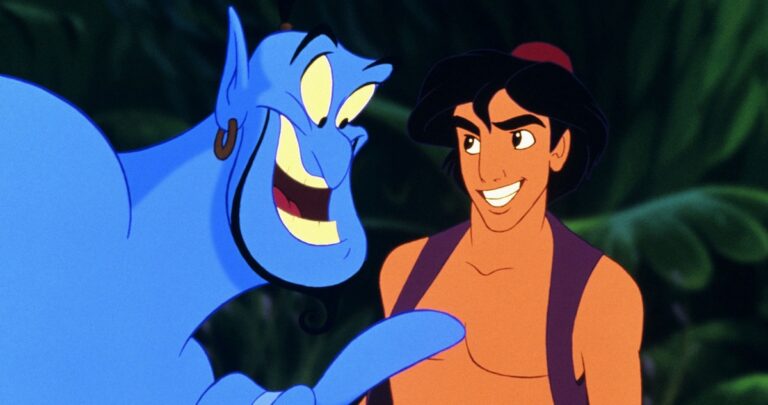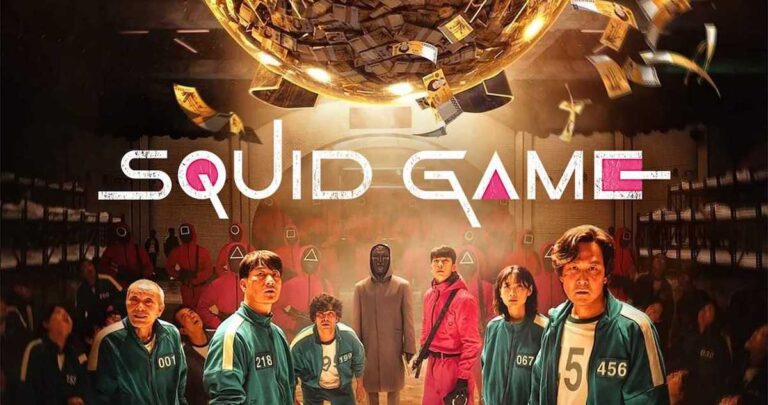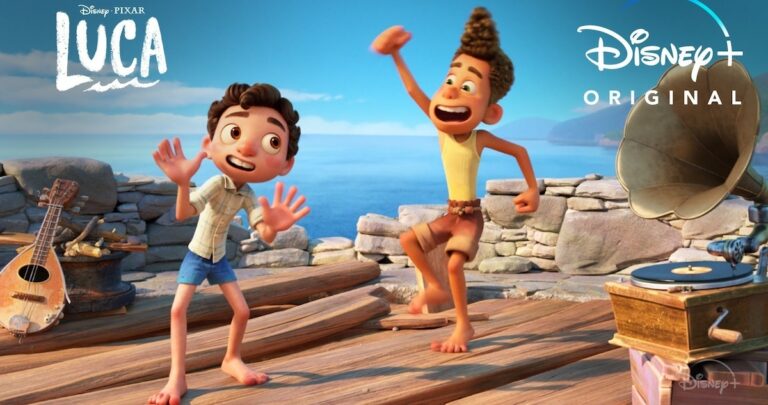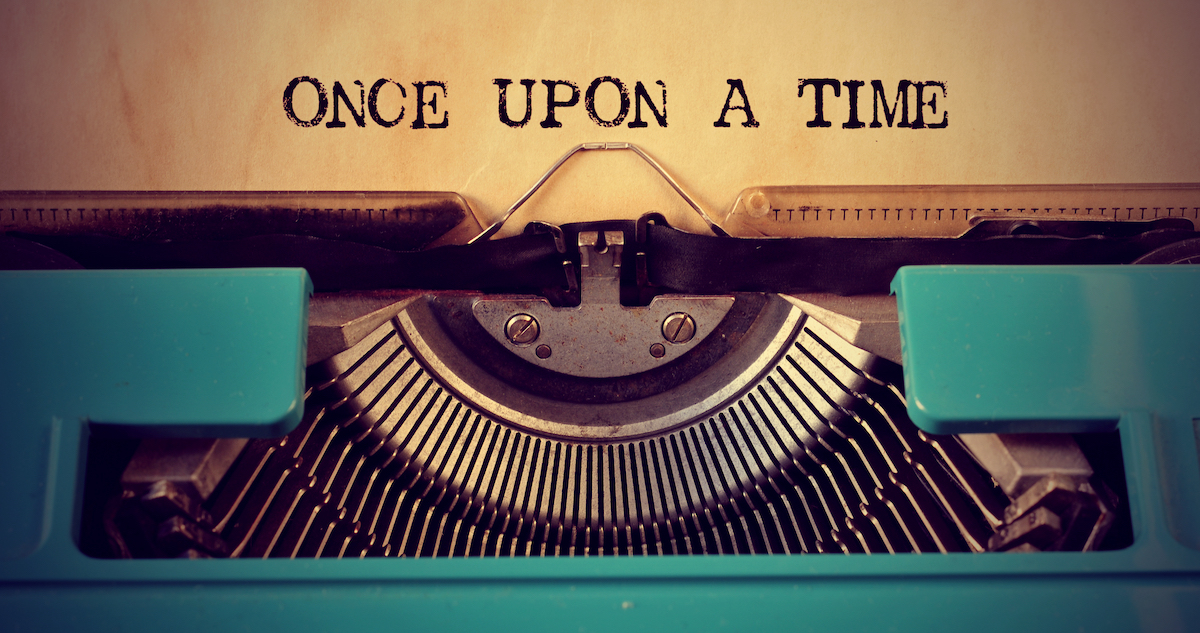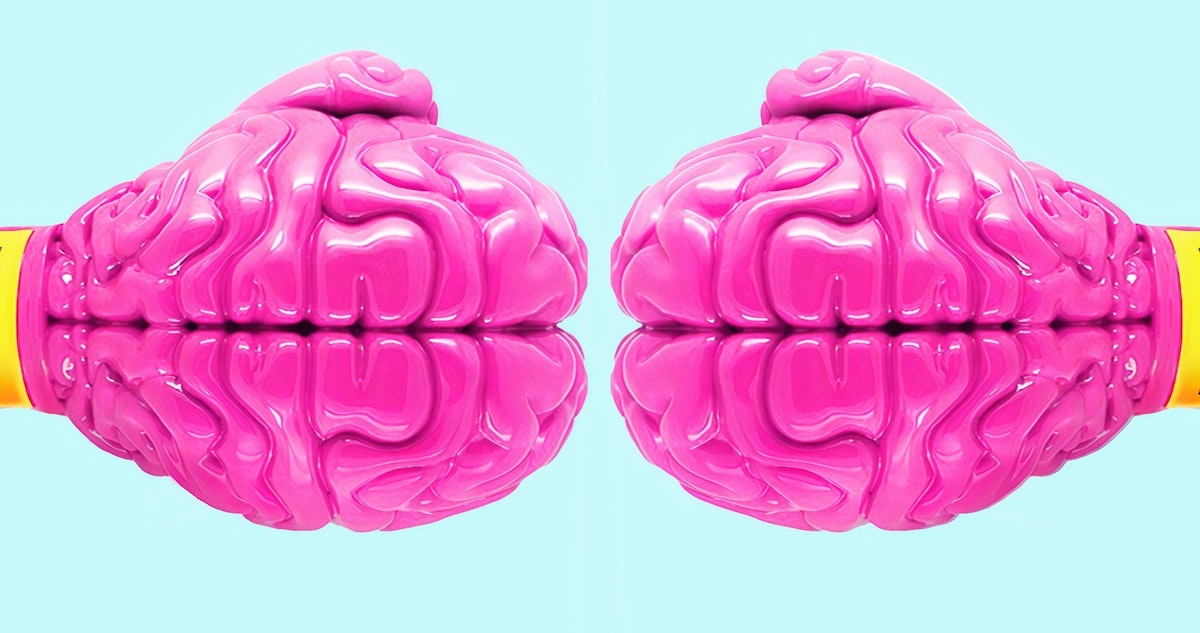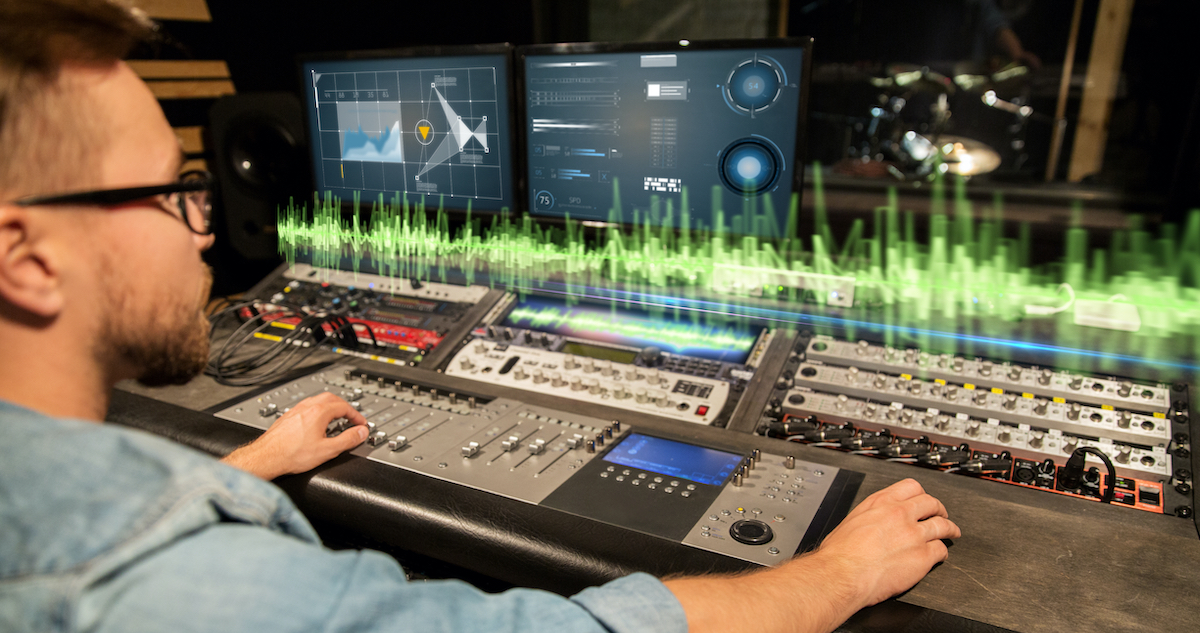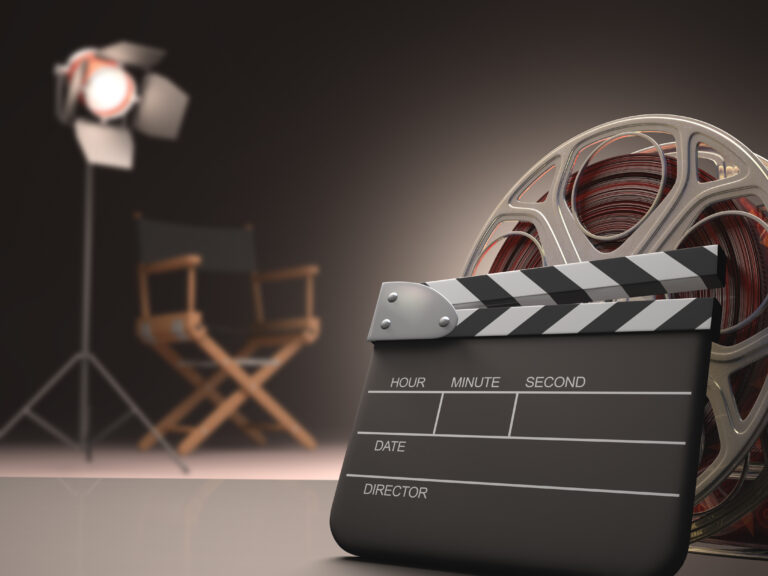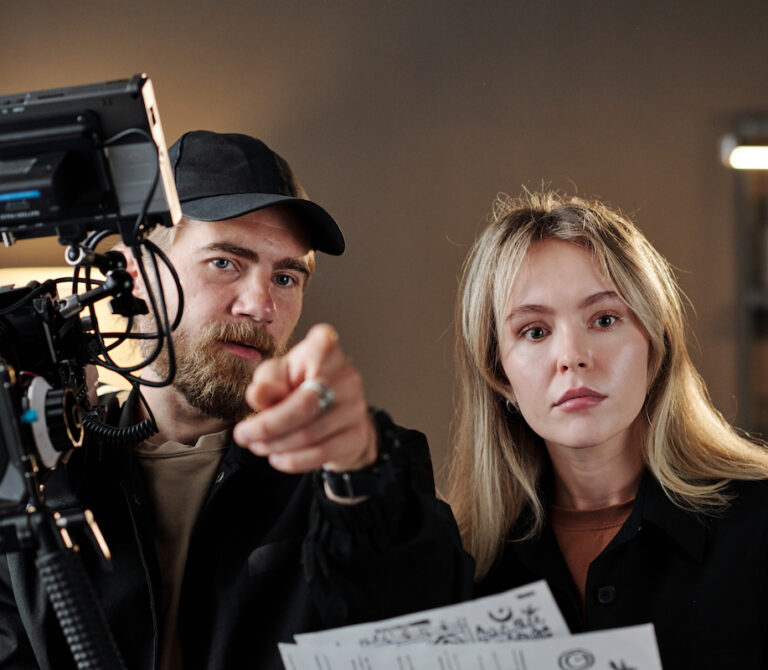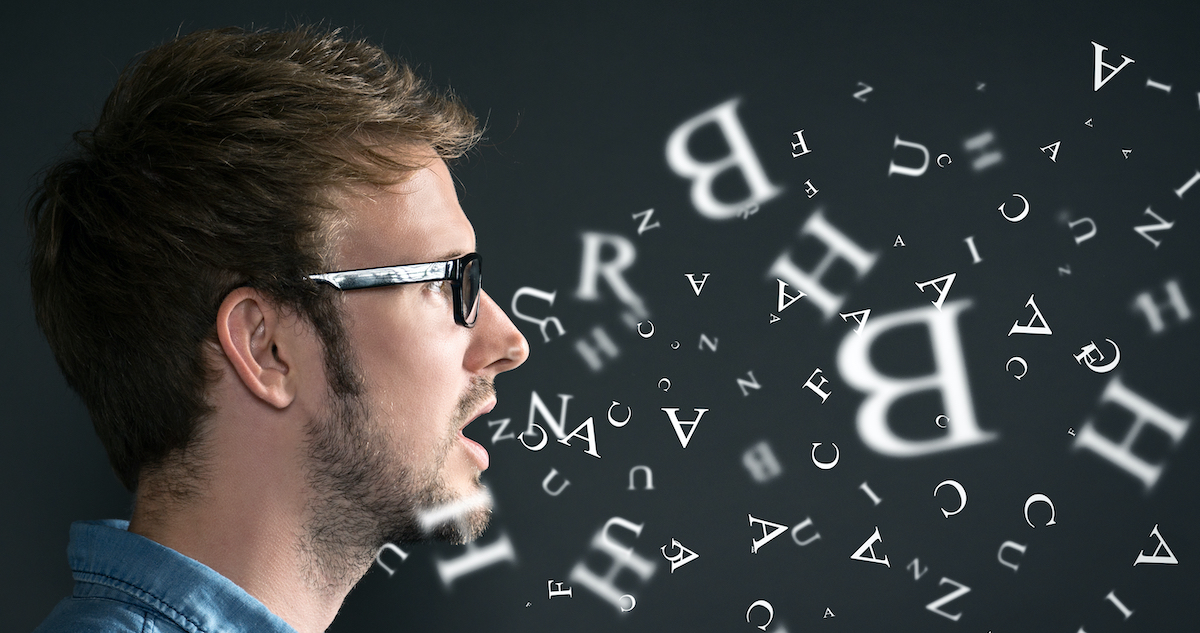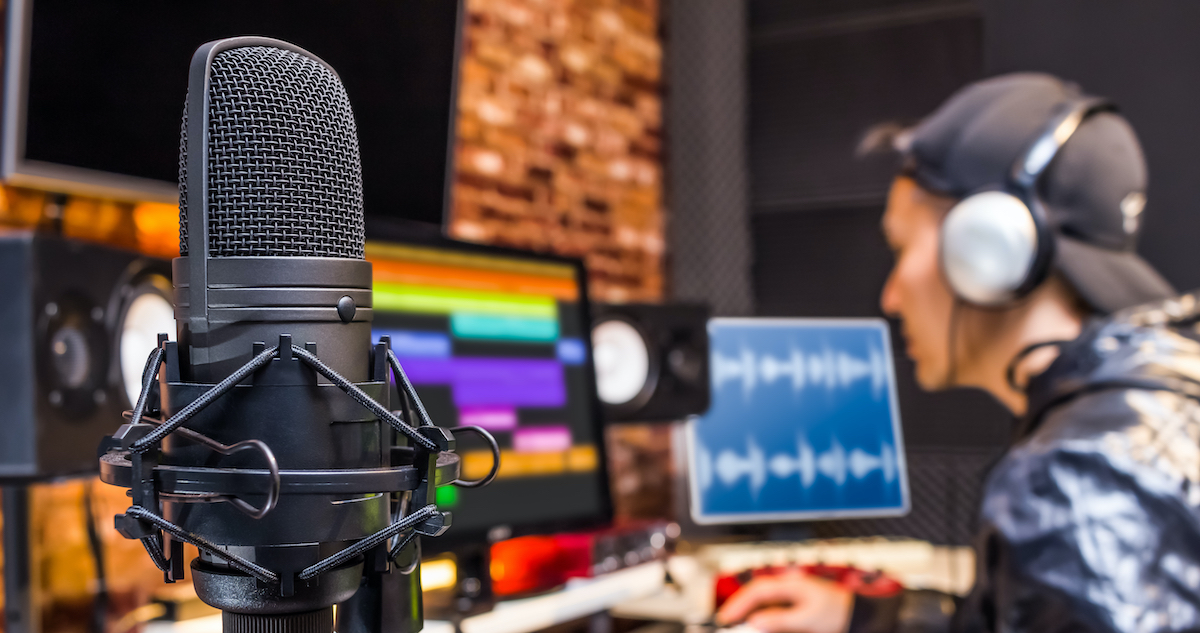Darth Vader. A character so menacing and intriguing that you either love him or hate him. Memes, movies, TV shows, toys, stuffed animals, paraphernalia, cosplay, movie marathon nights, the list of Star Wars Darth Vader mentions, and inclusions go on and on. But who really is the voice behind the character and how can he remain iconically so?
Who is the Darth Vader voice actor?
At 91, James Earl Jones is one of America’s most distinguished and versatile actors. But, most people know him best as the Star Wars Darth Vader voice actor. Vader first appeared on-screen in the 1977 installment of Star Wars: Episode IV – A New Hope. And as the Darth Vader voice actor, Jones gave the onscreen persona its iconic menace. Fast forward 45 years later to Disney’s Obi-Wan Kenobi series and Vader’s eerie rasp and mechanical hiss sound exactly as they did decades earlier. An incredible achievement made possible by the power of AI technology.
Cloning the voice of Darth Vader
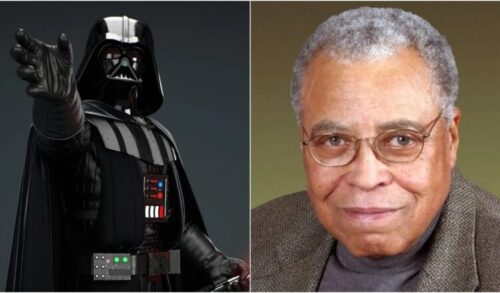
The AI tech used to immortalize the voice of Darth Vader was first developed by Respeecher. A Ukrainian startup that effectively led one of Hollywood’s most loved vocal villains to the proverbial fountain of youth. Because Respeecher also created other AI voices for Lucasfilm, the company went all out to complete the project within a few months. They did the same for the younger version of Luke Skywalker used for cameo appearances in The Mandalorian and The Book of Boba Fett. To capture the essence of the character, the startup used some of Jones’ past performances to build the voice. They also worked closely with the Darth Vader voice actor.
Having voiced the character for years, Jones was in the perfect position to provide insight into the mind of the Star Wars villain. They layered the AI clone of Jones’ voice over lines read by a different voice actor and created a very realistic version of Darth Vader’s voice. This cemented the legacy Jones built over decades in the entertainment industry. Needless to say, it will live long after the Darth Vader voice actor has moved on. So, how was all this accomplished?
Creating the AI for Darth Vader’s voice
Creating an AI voice, especially a clone of an existing voice involves more than punching a few computer keys. Respeecher accomplished this with deep learning technology. This tech strives to replicate a human voice as naturally as possible. Making Darth Vader’s voice nearly indistinguishable from the original voice over. But various initial takes were required and the recordings were then converted to multiple models.
Before releasing the final version, Jones listened to the AI and offered character insight to improve the voice. After tweaks and adjustments to match the original, all Jones had to do was choose the model that resonated most with him as the Darth Vader voice actor. Although Jones didn’t voice any lines in the Obi-Wan Kenobi series, his invaluable guidance brought Darth Vader’s voice to life on the show. Unfortunately, we may never again hear James Earl Jones actually voicing Darth Vader again, but his AI voice will continue to do so as Disney expands the franchise into the future.
AI extends beyond Star Wars Darth Vader
The cloning of Star Wars Darth Vader is not the first time a famous actor synthesized their voice. Among the most notable examples is Val Kilmer. He played some truly standout roles in the 1990s. These include Iceman in the Top Gun Series, John ‘Doc’ Holliday in Tombstone, Bruce Wayne in Batman, and Simon Templar in the Saint. However, Kilmer’s battle with throat cancer led to intensive bouts of chemotherapy and multiple tracheostomies. Eventually, he lost the use of his speaking voice.
In 2021, Sonanti, a London-based software company, digitally recreated Kilmer’s voice using AI tech. They created over 40 vocal models from archived recordings. Their efforts paid off because the AI voice is what future projects will utilize to emulate Kilmer. However, Val Kilmer’s AI voice was reportedly not used in the sequel Top Gun: Maverick. Kilmer really did speak a few lines to on-screen actor Tom Cruise. His naturally painful rasp emphasized his all-too-real struggle with cancer. However, Kilmer’s voice was synthesized and digitally altered to improve sound clarity. In this instance, AI literally helped Kilmer speak again.
The role of AI in voice over
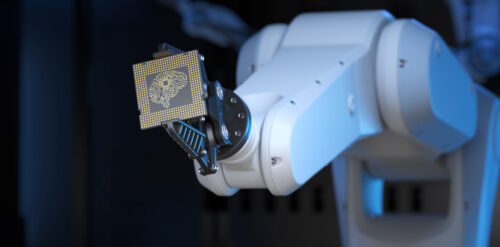
AI technology opens up a whole new can of voice over worms. Essentially actors can license their vocal work. This is especially true for renowned characters like the voice of Darth Vader. But the tricky part is when the voice actor ages or struggles with vocal medical conditions. As in the case of the Darth Vader voice actor and Val Kilmer.
Regardless of the challenges, the reality is that AI software is changing the game field of voice over. Today it can both improve and complement the innovativeness of various industry creatives. And this technology plans to extend even further.
Respeecher for example is working on applying its AI software to the medical industry. Laryngectomy patients are just one example of those who could benefit from this advancement. Once their vocal cords are removed patients must relearn to breathe, speak and even swallow. This kind of AI development could literally help patients speak with their natural voices again.
The negative impact of AI
Unfortunately, this kind of tech power is not without its drawbacks. AI software of this magnitude poses significant security issues. There are also copyright infringements if the technology enables others to imitate a person’s voice using recorded samples. However, Respeecher claims that it abides by all ethical requirements. The company also doesn’t allow deceptive uses of its technology nor does it use voices without explicit permission. All to protect the person’s privacy and livelihood.
Final thoughts
From Siri to ridesharing apps like Uber, AI is already deeply ingrained in our everyday lives. And its integration into voice acting has completely evolved the voice over industry. In film, it even boasts a 95-year career. Making its initial debut in the 1927 sci-fi drama Metropolis. A film that was later inscribed on UNESCO’s Memory of the World Register to document its AI and human heritage for future generations. For iconic voices like James Earl Jones, AI technology goes even further. It ensures that his legacy lives on as the Darth Vader voice actor. A unique character that even children can identify with. With that in mind, we’d like to wish you every success as you navigate the ins and outs of AI in voice over.



